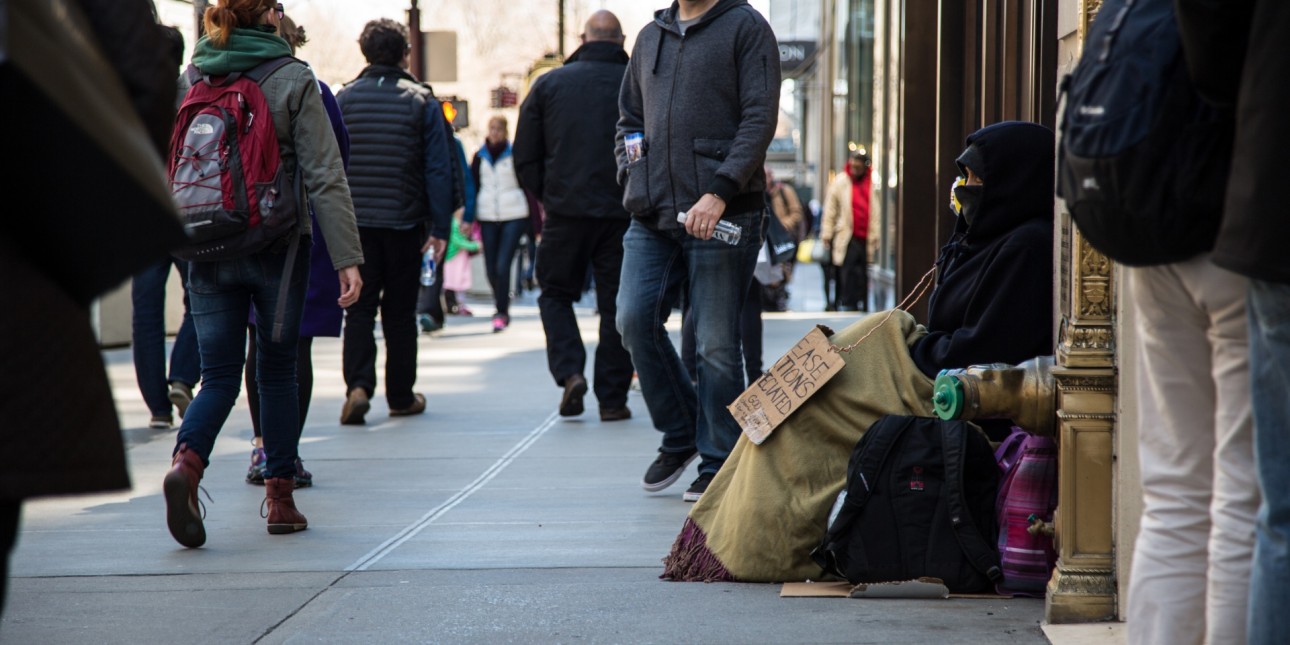Coordinated Community Responses to Ending Youth Homelessness (Convening 3)

Coordinated Community Responses to Ending Youth Homelessness (Convening 3)
This is the March 2016 summary of MANY's convening on Coordinated Community Responses to End Youth Homelessness. You can read prior convening summaries here: Convening 1 and Convening 2
March 2016 Convening Summary: Below is a summary of the focused discussion question and answers. This portion of the agenda is an opportunity for members to pull information from their peers on past, current and future practices that could be helpful in addressing local challenges or pressure points.
Q: How are communities ensuring housing that is accessed by youth is developmentally tailored? For example, if a youth is eligible and prioritized for permanent supportive housing is this provided by a youth provider or an adult provider?
A: Hollywood, CA -- youth mostly in youth specific programs or allocation of RRH to youth service organizations. There was some discussion on what makes services developmentally tailored for youth (ie. PSH, RRH)? There was also discussion regarding the opportunity for cross training around developmentally tailored services for young adults, and creating spaces for young adults and well as cross-learning from adult provides related to issues that they may be more savvy in (ie. landlords, field-based, etc.)
A: Connecticut (Statewide) – Providers are not separated according to their ability to provide developmentally tailored services to youth (18-24) and adults (over 24) – they are either a traditional adult or youth provider. They are challenged by not having enough crisis beds for youth and youth going into an "adult" system that doesn't have the training that goes along with youth-specific service provision. There was interest in know if anyone worked with adult providers to create spaces or tailor programs for young adults?
A: King County, WA – Youth system is separate from the adults system and resources are separate for each system. They are in the process of integrating all populations into one system where all populations will be able to access the resources they qualify for. The mechanics of how to operationalize that is still in the works.
A: Sacramento, CA- WIND partnered with adult provider and did a joint application (same program) and just divided the population based on age between the two of them. It was helpful to have a partner to help implement the program. It allowed each partner to build on the expertise of each other. There was general interest from the Learning Collaborative on how the partnership worked and how the training happened -- most of that happened informally and in an ongoing way.
A: St. Louis, MO - Youth only access youth services and are disconnected from adult system (and resources; It is difficult to transition from youth system to adult system, as the adult system is not designed to serve the youth.


